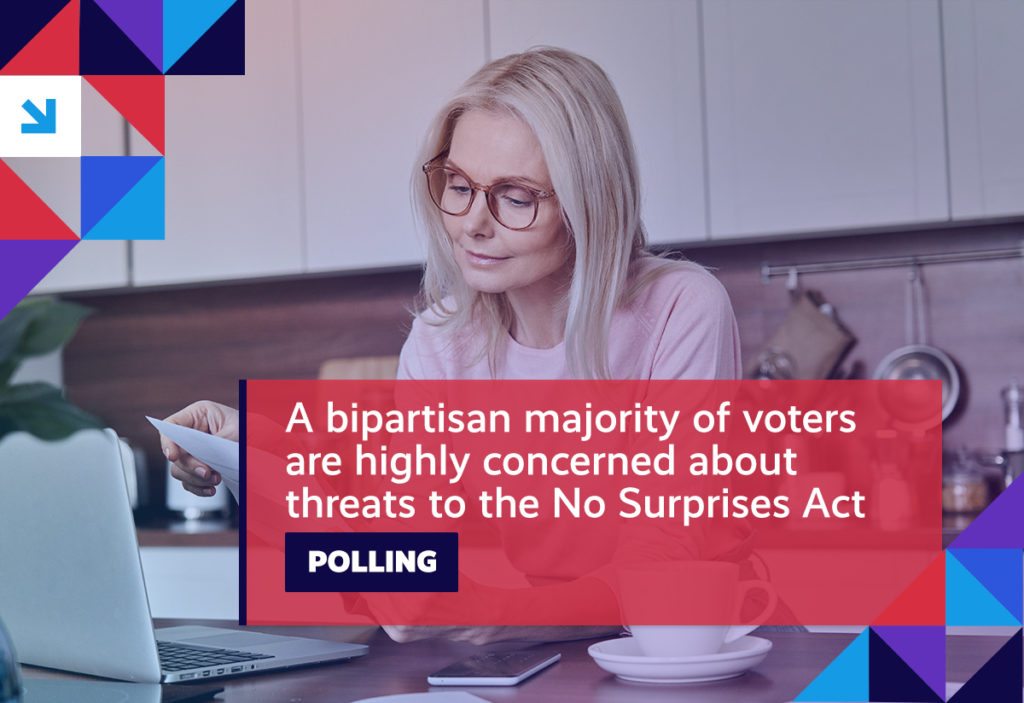This week’s edition features an in-depth look at SURPRISE MEDICAL BILLS.
9 MILLION Just-released data shows that new federal rules have prevented 9 million surprise medical bills from blindsiding Americans this year.
Takeaway: The No Surprises Act (NSA) was set up to protect consumers from medical bills they weren’t expecting – often at prices well beyond what they could afford. However, opponents have been relentless in challenging the rules, alleging that, as constructed, the NSA unfairly disadvantages providers in their negotiations with payers.
Digging Deeper: Surprise medical bills are what can result when patients receive care from providers outside their insurance network. The issue has become particularly problematic when that care is delivered by specialists, whom the patient often has no choice in seeing, such as anesthesiologists, pathologists, radiologists or emergency personnel. In fact, studies have shown that, on average, these specialty providers charge well in excess of the Medicare reimbursement rate:
- Anesthesiologists charge 5.8 times more.
- Radiologists charge 4.5 times more.
- Emergency medical personnel and radiologists charge 4 times more.
That trend has only gotten worse with the increased investment by private equity interests in these specialties – especially as these firms have identified surprise medical bills as a lucrative revenue stream.
Why It Matters: Between in-patient and out-patient hospital visits, emergency room costs, and other provider-related charges, the overwhelming majority of our healthcare spending goes to hospitals and physicians. To help address this, lawmakers enacted federal transparency rules requiring hospitals to disclose the prices for common medical procedures and services in consumer-friendly formats. However, initial compliance with the rules was anemic, with early estimates showing a paltry 16 percent of hospitals having been in compliance. This is especially true for hospitals located in highly-concentrated markets or rural areas, or for facilities with higher per patient-day revenue. For their part, lawmakers have started to call for greater scrutiny and enforcement of the transparency rules.

| You can keep up with the latest by following the Health Action Network on Twitter and by liking us on Facebook. And, be sure to check us out on LinkedIn, too. As always, let us know if there’s something you’d like to see covered in a future newsletter. |
